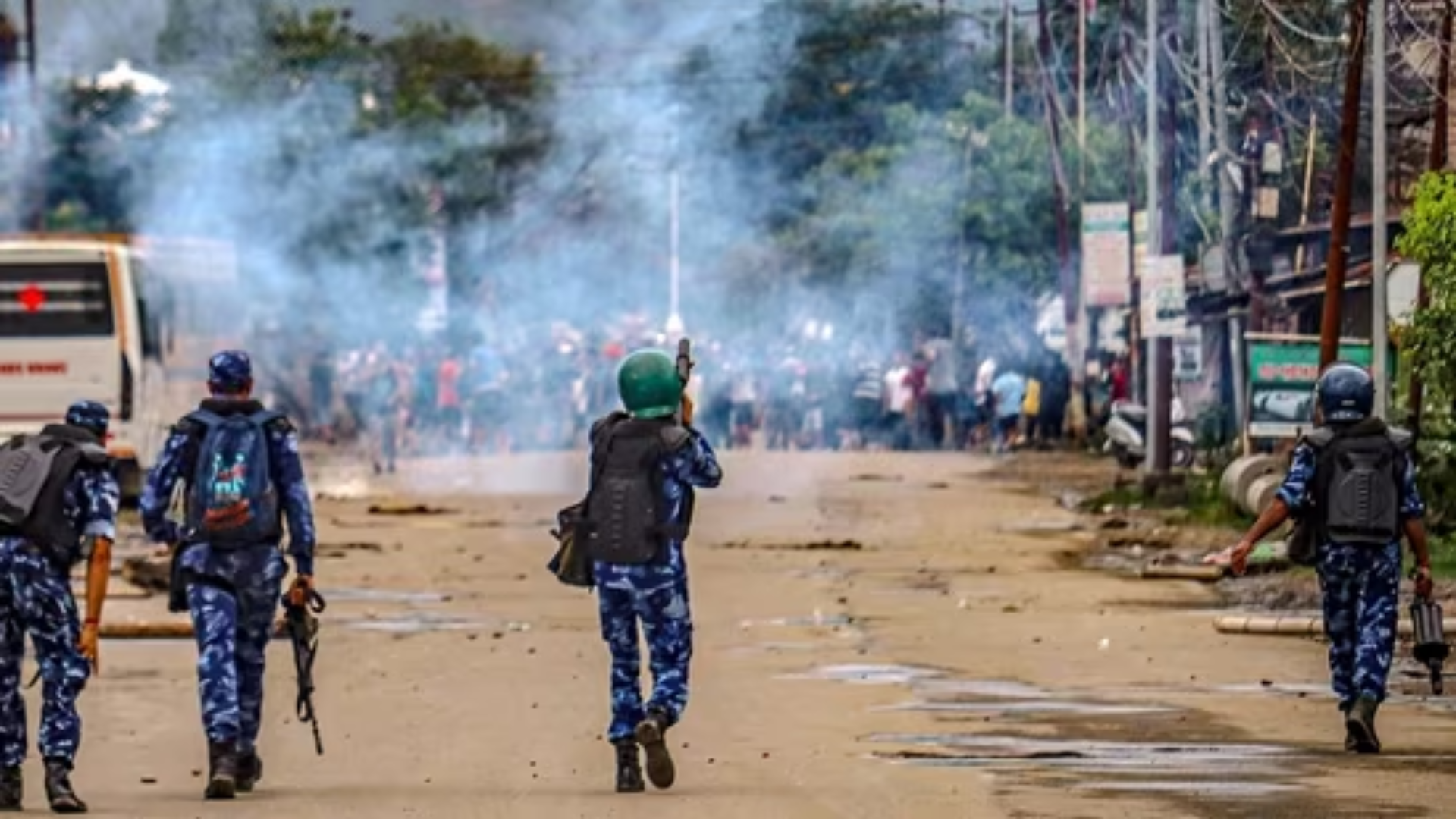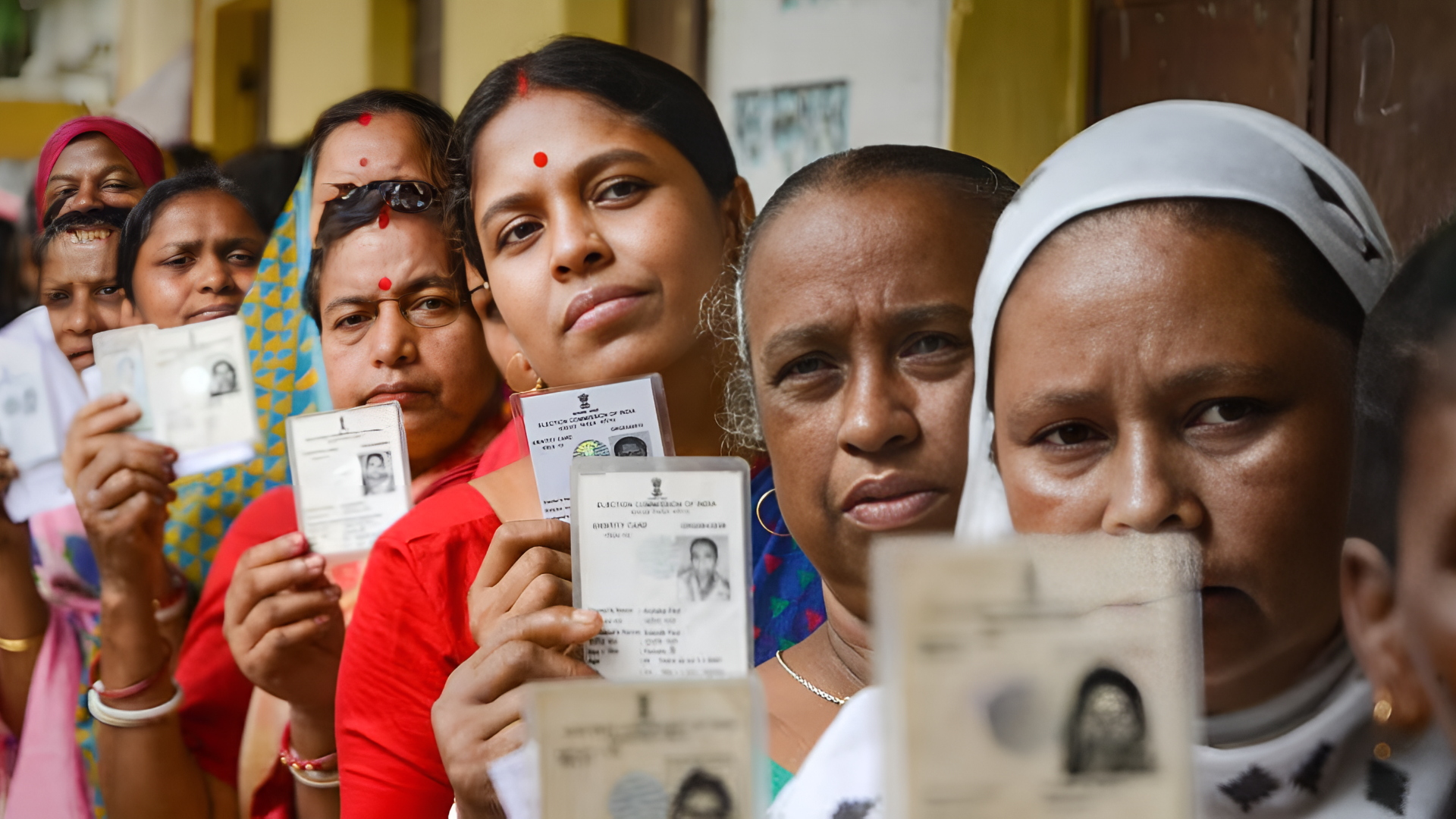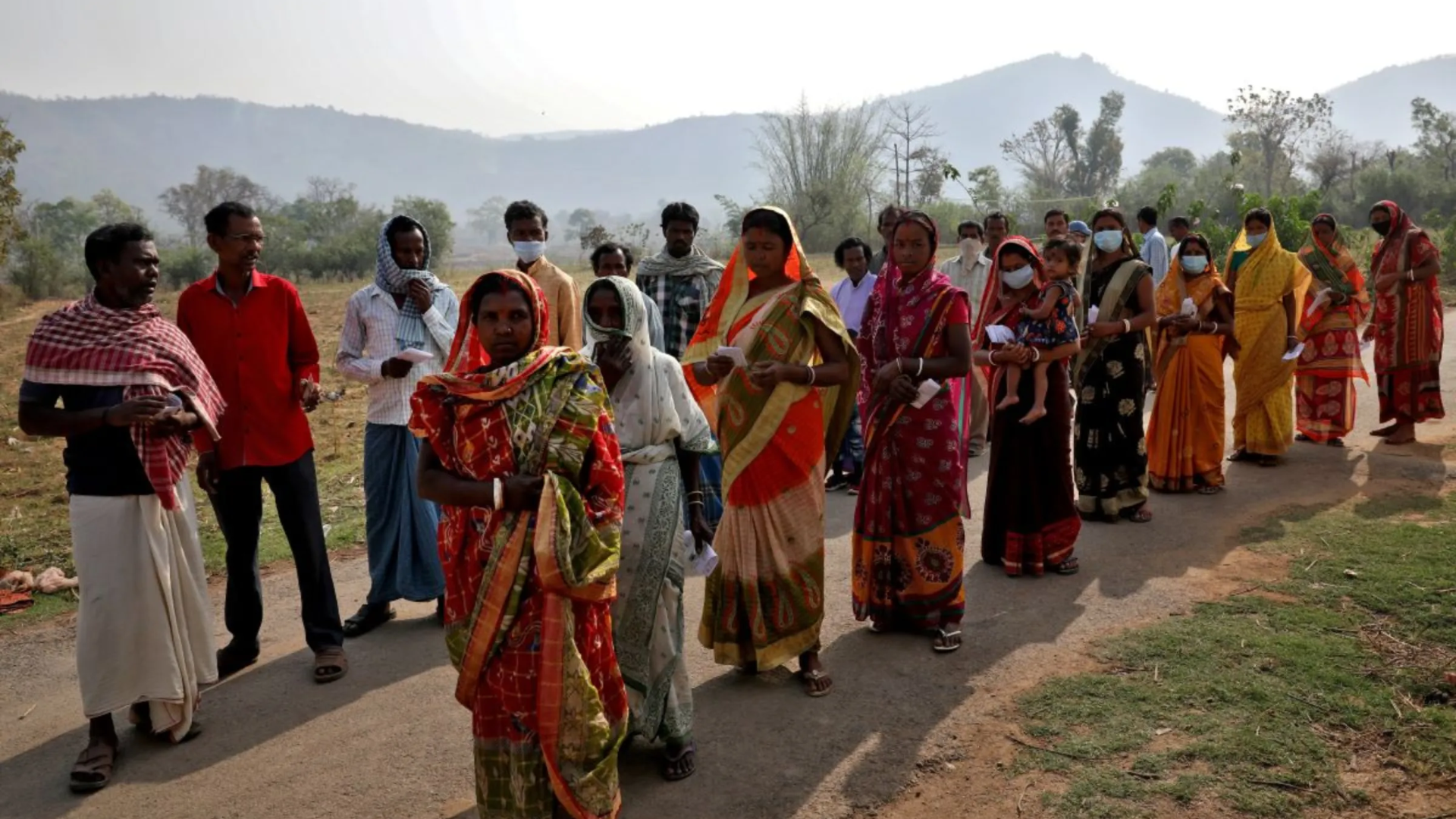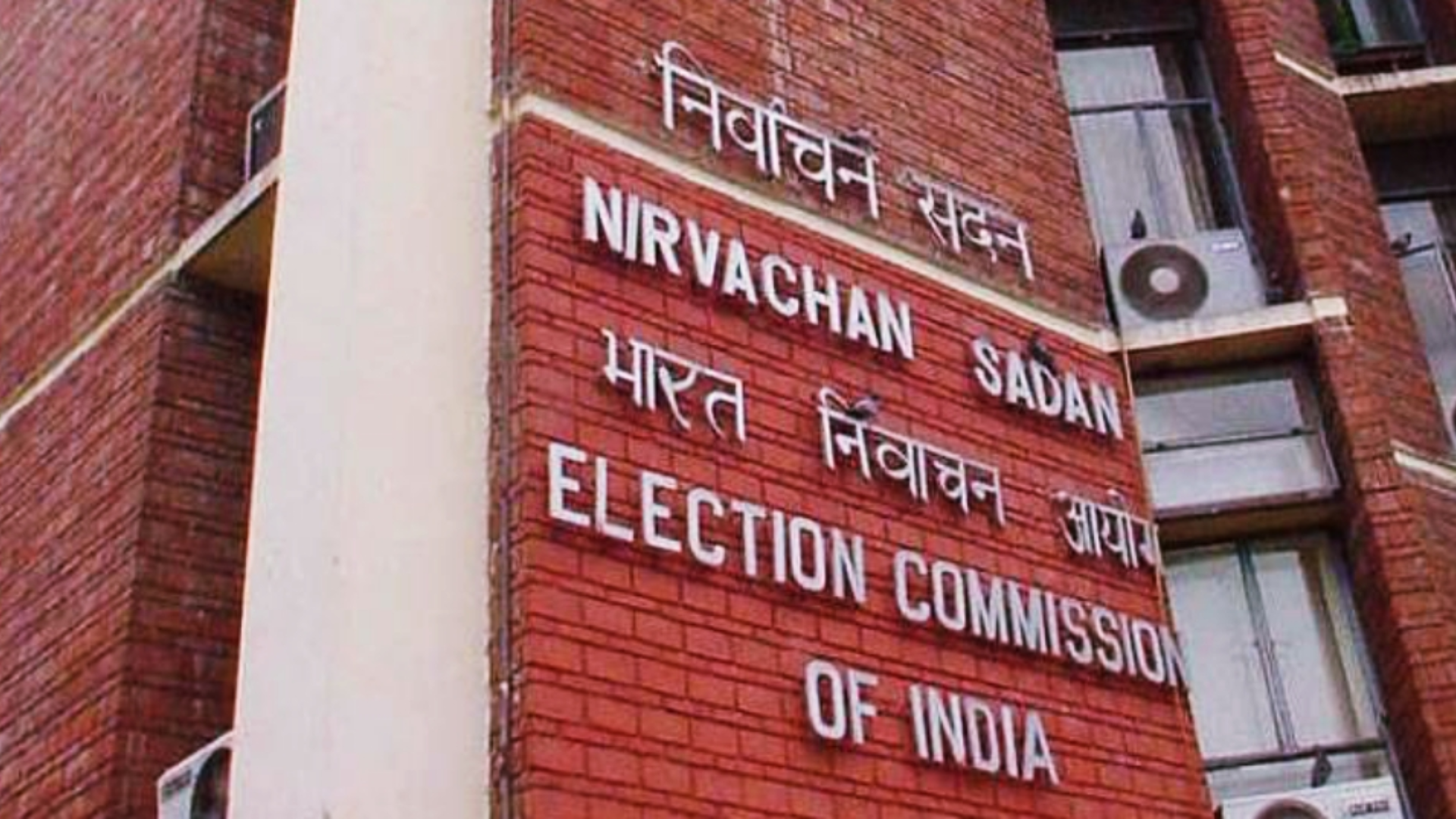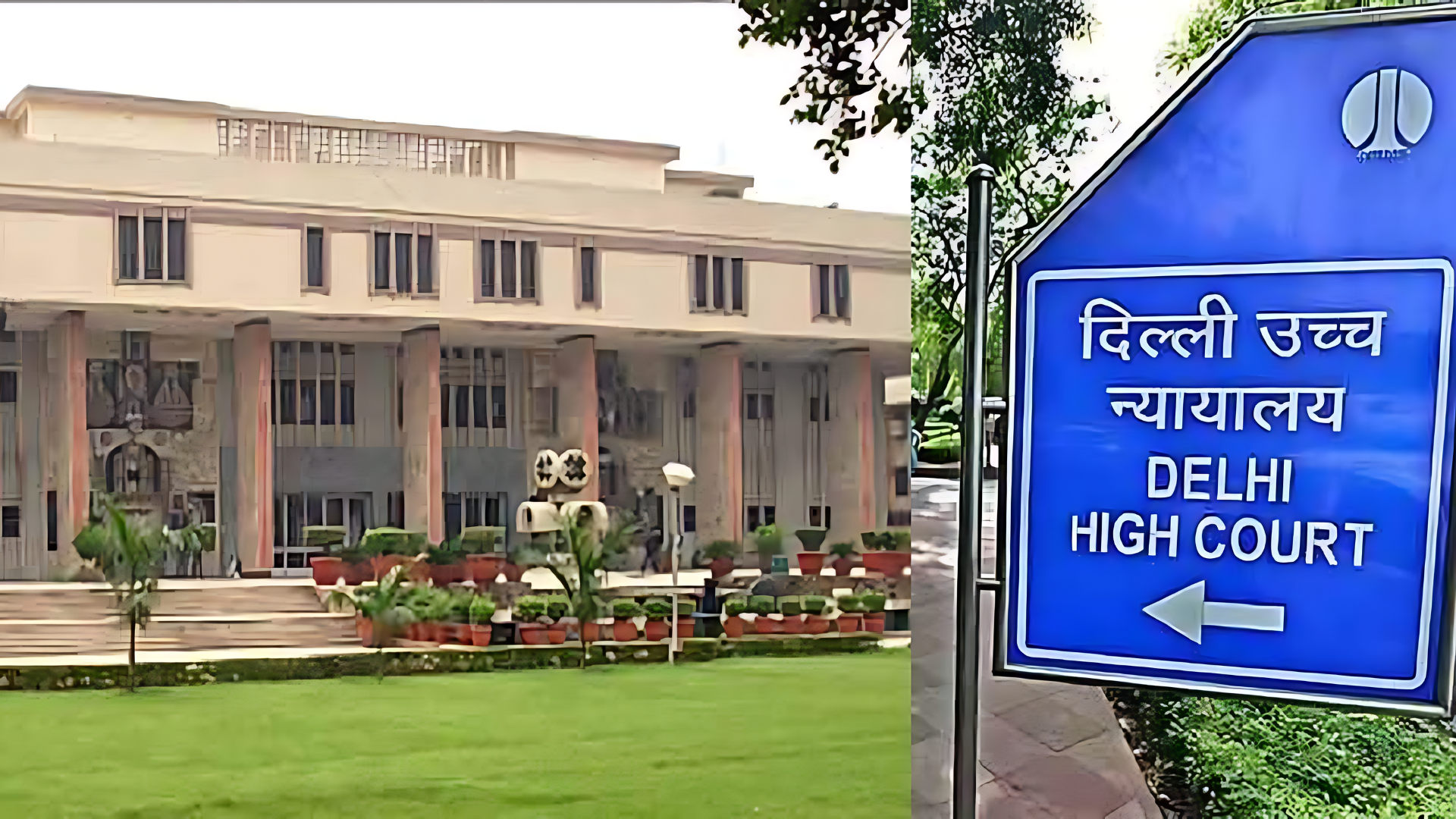





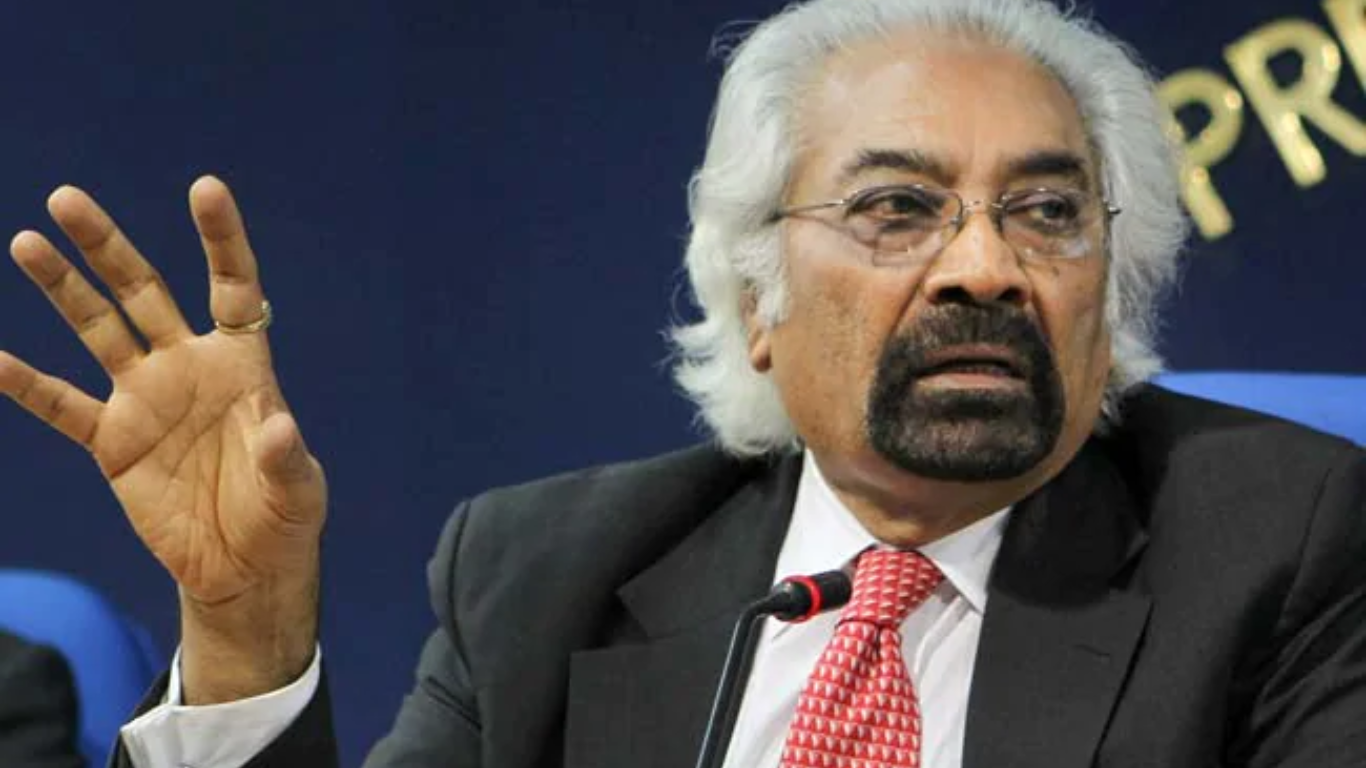


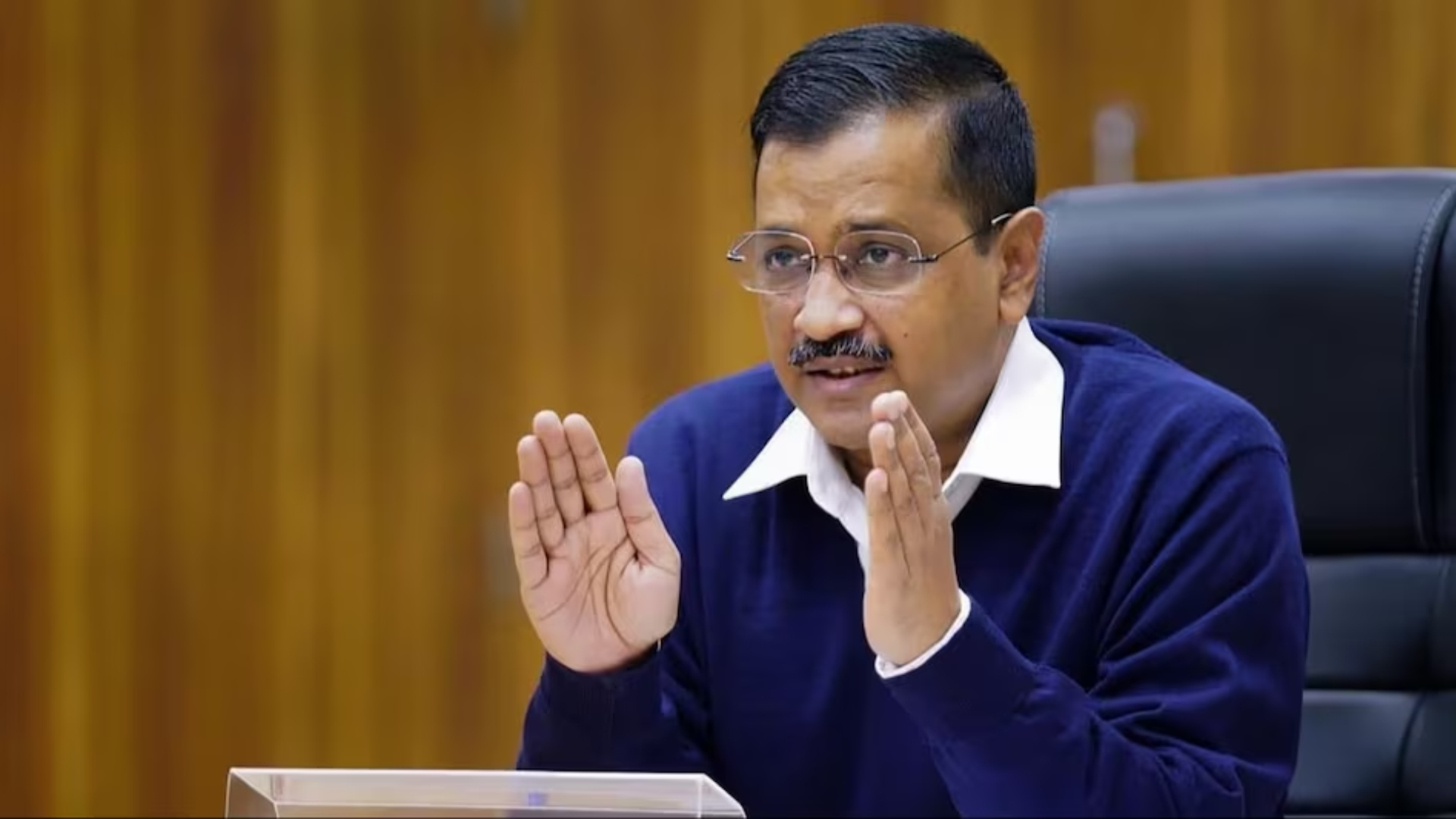

The Himachal Pradesh government has determined that 21 of the state’s 23 dams have broken safety regulations and has vowed to take action against their managers. Government oversight, according to officials, is also to responsible for the infractions.
According to Chief Secretary Prabodh Saxena, who spoke to PTI on Sunday, “as many as 21 dams have not adhered to the safety norms, and legal action will be taken against them.” Saxena also said that officers have been instructed to write a thorough report on the harm caused by the dam administrators’ incompetence.
The Himachal Pradesh Power Corporation’s Sawra Kuddu project in Shimla and Sainj in Kullu, as well as the Himachal Pradesh State Electricity Board’s Larji hydropower projects in Mandi and Jateon in Sirmaur, are among the offenders, according to the officials.
Himachal is home to 23 hydroelectric projects with a combined 9,203 megawatts (MW) of power that are managed by organisations like the National Hydro Power Corporation (NHPC). ps Independent Power Producers (IPP), Satluj Jal Vidyut Nigam Limited (SJVNL), Bhakra Beas Management Board (BBMB), and National Thermal Power Corporation (NTPC). There are now six more 1,916 MW projects being built.
Only the Kol Dam in Bilaspur and the Karcham Wangtoo project in Kinnaur, Himachal Pradesh, according to the administration, followed the water release guidelines.
After 24 Andhra Pradesh students were drowned in 2014 when water from the Larji Dam was released without prior notice, Saxena underlined the importance of improving the early warning system.
As the meeting’s chair on Friday, 3 Saxena argued that accountability must also be established for the dam authorities’ failure to adhere to the relevant provisions of the Dam Safety Act (DSA) and the Central Water Commission (CWC) guidelines from 2015.
“The time for persuasion and dialogues was over and we should not shy away from taking stringent action against the defaulters,” he said in a statement then.
According to the chief secretary, the failure of the dam safety inspection, which was either overlooked or was not performed in accordance with the established criteria of the DSA, may be blamed for the current situation in the state downstream of the reservoirs.
According to him, the DSA contains pertinent requirements that must be put into practise on the ground, such as the establishment of early warning systems, water release rules, control room setup, reservoir maintenance, emergency response plan, and improved communication between dam sites and powerhouse.
The chief secretary advocated for the state committee on dam safety’s efficient operation by highlighting the necessity for routine risk assessments of the dams and making sure that dam safety units are operational around-the-clock.
The chief secretary advocated for the efficient operation of the state committee on dam safety and state dam safety organisation by highlighting the necessity for frequent risk assessments of the dams and making sure that dam safety units are operational round-the-clock.
Catch all the Latest Business News, Breaking News Events and Latest News Updates on NewsX)

